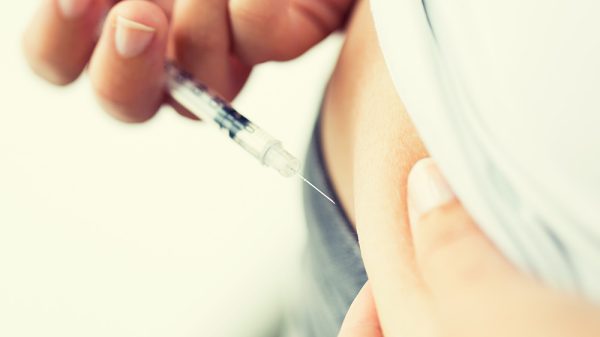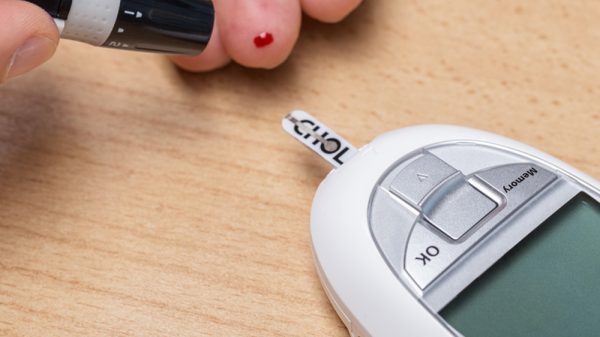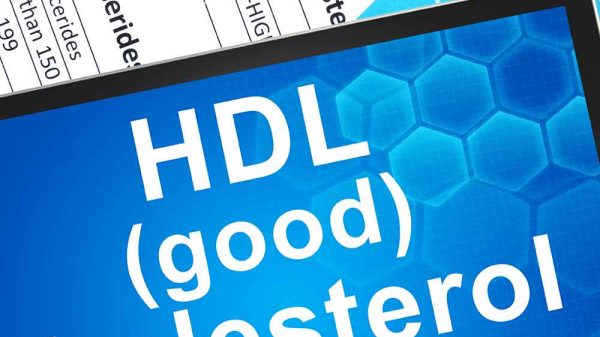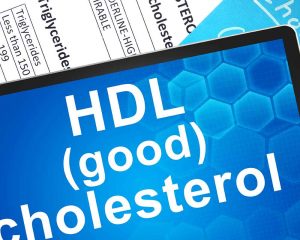Insulin resistance is a very common condition, affecting approximately 30% of American adults. If you have insulin resistance, you are probably wondering if there is a way to reverse it. Luckily, there are natural ways to reverse insulin resistance and increase insulin sensitivity. Here we go over how to reverse insulin resistance with nutrition, exercise, and lifestyle changes.
The Function of Insulin in the Body
What is insulin anyway? Insulin is a hormone in the body that is responsible for regulating many metabolic processes, including the uptake of blood sugar for use in cells.
After you consume a large meal, carbohydrates are broken down into glucose molecules that enter the blood and cause your blood glucose levels to rise. As a result, beta cells in the pancreas are triggered to produce insulin. Insulin receptors located on the outside of cells sense the presence of insulin and alert your body to the availability of glucose. Your cells proceed to absorb the glucose from the bloodstream and use it to power physiological processes, which in turn lowers your blood sugar levels.
Muscle, liver, and stored fat interact closely with insulin. Muscle cells require a lot of energy to function and rely on glucose for energy. Insulin initiates metabolic processes in the liver to convert glucose into glycogen for storage. Fat cells, in response to insulin, begin storing excess energy.
What Does It Mean When Insulin Becomes Resistant?
When you are insulin resistant, that means that your cells do not respond normally to the presence of insulin, and your organs do not utilize glucose as they should. In response, your beta cells get to work producing more insulin, hoping that the extra insulin will get the attention of your cells. This causes your insulin levels to rise above the normal range. Most likely, your insulin resistance was diagnosed after a fasting blood test revealed both high insulin and high blood sugar. (1)
Risk Factors and Causes of Insulin Resistance
Risk factors for developing insulin resistance include obesity, high blood pressure, and polycystic ovary syndrome (PCOS). Research also shows a connection between higher blood triglycerides and lower HDL cholesterol (the good kind). (2)
You may have a genetic predisposition for developing insulin resistance if you have a family history of metabolic syndrome. Lifestyle variables that increase the likelihood of these risk factors and insulin resistance include a lack of exercise and consuming a diet high in refined carbs and fructose. (3)
Insulin resistance is also an indicator of health problems like prediabetes, type 2 diabetes, heart disease, and fatty liver disease.
Medications to Manage Insulin Resistance
To help manage insulin resistance, your health care provider may prescribe metformin. Metformin works by limiting the amount of glucose released from the liver, subsequently lowering your blood glucose levels. Using lifestyle changes in addition to medicine is the best way to sustain improvements in insulin sensitivity. Dietary changes and exercise will also increase your body’s response to any medical intervention.
Steps for Reversing Insulin Resistance Naturally
Following the steps for reversing insulin resistance is closely tied to how to reverse diabetes, ways to lower blood sugar, and other factors associated with metabolic syndrome. If you make lifestyle changes, you will see improvements in insulin resistance, cholesterol levels, fatty liver disease, and other indicators of metabolic health.
1. Eat Foods High in Fiber
Dietary changes play a key role in reversing insulin resistance. The insulin resistance diet should be rich in soluble and insoluble fiber. Soluble fiber is mainly found in fruits, beans, and nuts, while insoluble fiber is found in whole grain products. However, many whole foods contain both kinds of dietary fiber. High dietary intake of both kinds of fiber is associated with positive health outcomes like weight loss, lower inflammation, and improved digestive health. (4)
Surprisingly, research shows that insoluble fiber is mainly responsible for improvements in insulin resistance. A report produced by a collaboration of institutions in the United Kingdom and Germany shows that although a diet high in dietary fiber, in general, lowers the risk of type 2 diabetes, a diet high in cereal fiber specifically (insoluble fiber) seems to lower the risk of insulin resistance. (5)
It’s important to note that eating soluble fiber-rich food is still crucial, as antioxidants are found in fruits and vegetables which can lower systemic inflammation and positively impact metabolic syndrome.
2. Stick Mainly to Vegetable Protein Sources
Research indicates that high-protein diets may increase inflammation and make insulin resistance even worse. (6)
However, this repercussion of a high-protein diet is only observed in animal protein, and not in plant protein. (7) It is unclear whether the animal protein itself is the culprit in exacerbating metabolic syndrome, or if other components of meat cause metabolic abnormalities. For example, the high levels of iron in meat may contribute to the risk of diabetes.
Either way, sticking to plant protein is probably the best move when combatting insulin resistance. Excellent sources of plant protein include tofu, whole grains, beans, and nuts. To make sure you get all essential amino acids from vegan foods, consume a wide variety of plant proteins.
3. Exercise Consistently
Increasing your physical activity is crucial for reversing insulin resistance when paired with a healthy diet. A study conducted at Aker University Hospital in Oslo, Norway compared the impacts of lifestyle interventions on insulin resistance after one year. Participants were assigned either a diet, exercise, or combined diet and exercise plan. Results showed that while the diet and combined diet and exercise interventions significantly reversed insulin resistance, the exercise intervention alone did not result in improvements in insulin resistance. (8)
4. Increase Your Vitamin D Levels
It has been estimated that a large fraction of the population is deficient in vitamin D. Research reveals that vitamin D is involved in the activity of insulin at many levels, and deficiency may contribute to insulin resistance.
A number of studies reveal that during vitamin D deficiency, beta cells in the pancreas release less insulin in response to glucose. Increasing vitamin D levels may help beta cells function properly and produce sufficient amounts of insulin.
Additionally, vitamin D helps increase the number of insulin receptors in muscle, liver, and fat cells, which allows insulin to be utilized more effectively in these tissues. And finally, vitamin D plays a role in reversing obesity-induced DNA methylation. DNA methylation is associated with metabolic syndrome. (9)
You can get vitamin D through sun exposure or by eating fatty fish like salmon. It may be a good idea to have your vitamin D levels tested by your doctor, and depending on your levels, supplementing with vitamin D3 may be recommended.
5. Lose Weight
For those carrying excess weight, losing weight is associated with better insulin sensitivity. However, simply being at a lower weight does not mean that your insulin functions better. In a study published in the Nutrition & Diabetes journal, women with a history of weight loss showed better insulin sensitivity than BMI-matched controls with no prior weight loss. (10) This suggests that healthy eating and exercise habits are the most important factors for reversing insulin resistance.
Keep in mind that better habits result in weight loss if needed, but the lower weight itself is not necessarily the reason for improved insulin function. It is possible to have a BMI within a normal range, and still be insulin resistant.
6. Avoid Refined Carbohydrates
Your body handles refined carbohydrates like it would handle sugar. To help balance blood sugar levels, stay away from refined carbs that are found in packaged and processed foods, white breads, and pastries. Instead of refined carbs, choose complex carbohydrates like those found in whole grains, sweet potatoes, fruits, and vegetables.
Conclusion: How to Reverse Insulin Resistance
Insulin resistance is very common and highly manageable with lifestyle changes. Reversing insulin resistance will lower your risk for associated metabolic diseases.
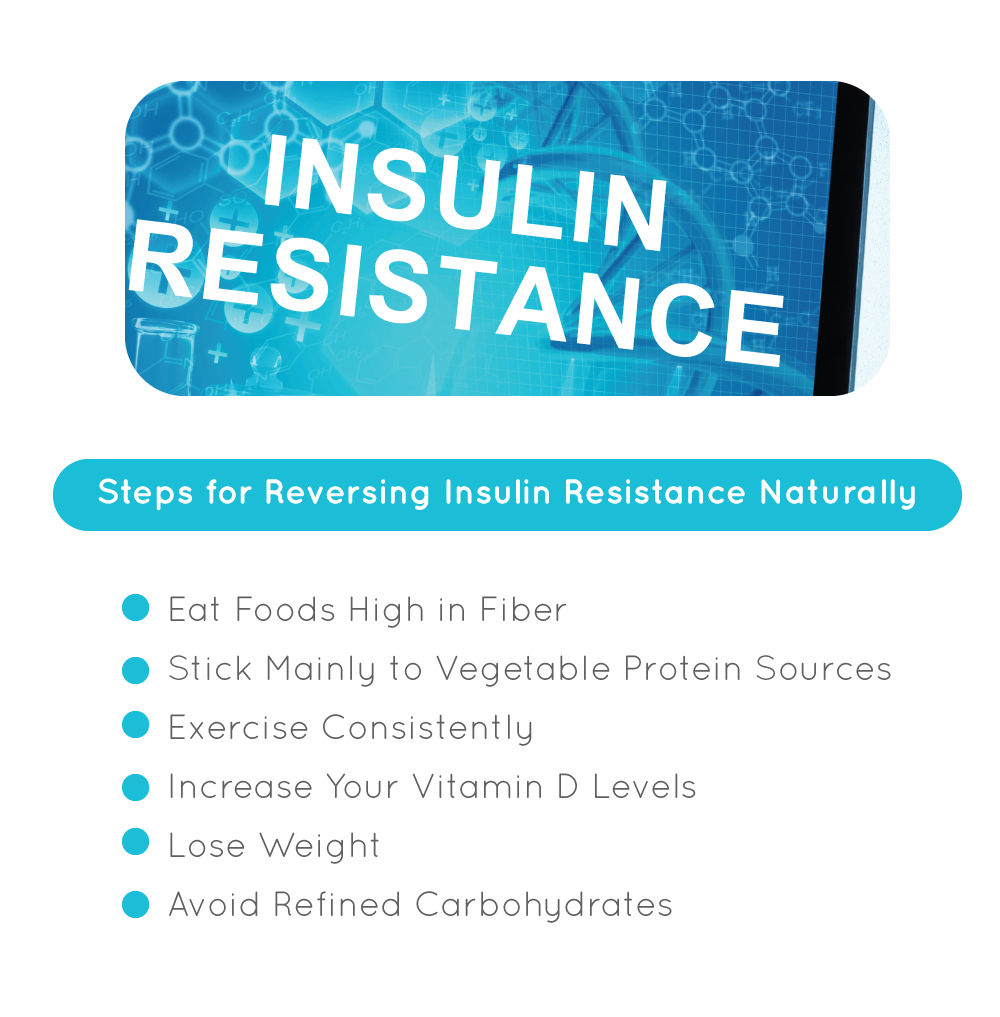
References:
1. https://www.ncbi.nlm.nih.gov/pmc/articles/PMC6170977/
2. https://www.ncbi.nlm.nih.gov/pubmed/22004541
3. https://www.ncbi.nlm.nih.gov/pmc/articles/PMC4129661/
4. https://academic.oup.com/jn/article/148/1/7/4823705
5. https://www.ncbi.nlm.nih.gov/pubmed/29378044
6. https://www.ncbi.nlm.nih.gov/pubmed/22104550
7. https://www.ncbi.nlm.nih.gov/pmc/articles/PMC2797984/
8. https://www.ncbi.nlm.nih.gov/pubmed/9028689

